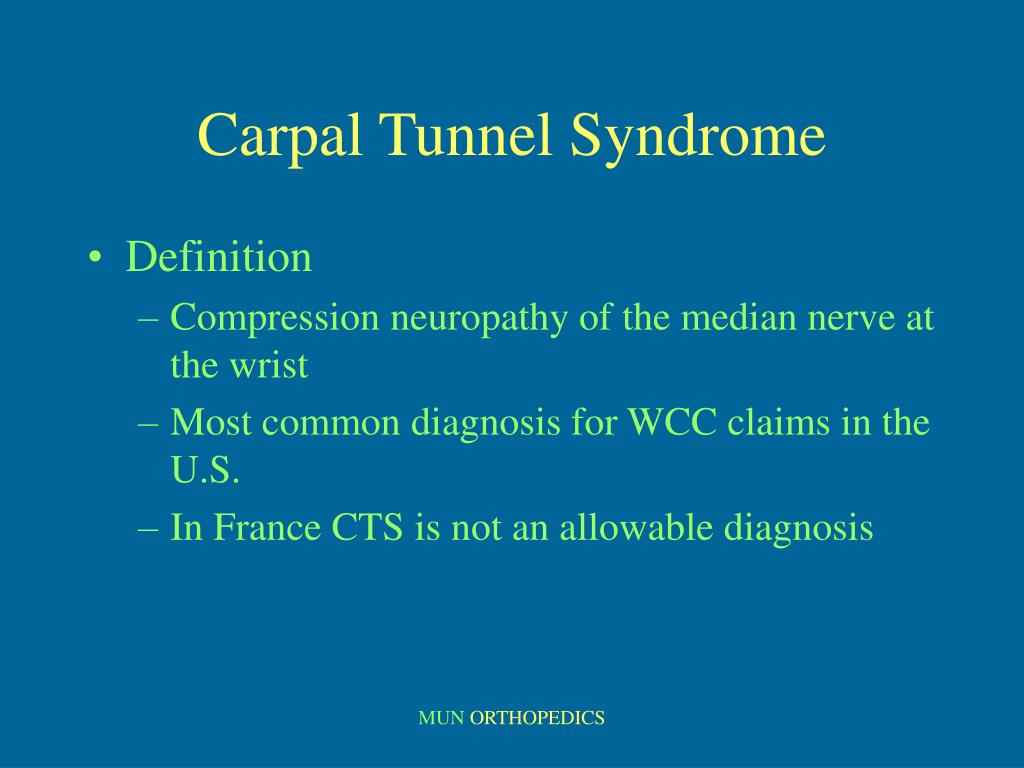
Because it accurately accounts for dissociation, SPLIT-10 is syndromically more consistent than the definition of PTSD in the nosography. While these items turn out to be compatible with the criteria for PTSD retained by the DSM-5 (like those concerning acute stress disorder), the linguistic markers that we have identified appear to be much more detailed and specific to the psychological trauma than the usually described psychiatric symptoms. The SPLIT-10 items correspond to 5 psycholinguistic sub-syndromes: reference to death (item 1), derealization (items 2 to 4), depersonalization (items 5 to 7), flashbacks (items 8 and 9) and unspeakability (item 10). In order to confirm the validity of the SPLIT-10 scale, we tested it on two additional corpora of traumatic narratives: the “Nice” corpus ( n = 20) collected in the days following the attack perpetrated in Nice (July 14, 2016) and the “sexual assault” corpus ( n = 20) composed of testimonies from people who were victims of a single sexual assault that occurred during adulthood. Narrative coherence, certain lexical fields (concerning death, emotions, etc.), spatio-temporal references, references to the person (personal and generic pronouns in particular), and non-literal language were also taken into account. The narratives were transcribed and segmented into clauses and the following linguistic characteristics were analyzed: disfluencies (silent pauses, hesitation pauses, vocalic lengthenings, incomplete words, incomplete utterances, contiguous word repetitions).

The exploratory analysis material includes two corpora of traumatic event narratives called “Bataclan” ( n = 20 collected among survivors of the Paris attacks in 2015) and “Afghanistan War” ( n = 15 collected among French soldiers deployed), which are matched to a control group.
Trauma definition manual#
Based on a linguistic methodology, the standardized computerized and manual study of the speech of psychically injured patients recently enabled us to define the notion of traumatic psycholinguistic syndrome (SPLIT). This could be because the traumatic origins of the disorders remain unclear, due to their clinical characteristics–that is, the “unspeakable experience” of dissociation in language–, or because the healthcare system and the networks of practitioners come up against conceptual impasses that undoubtedly reflect the psychotraumatic process present even in theoretical discourse, to the point of rendering it ineffective. However, despite the wealth of semiological descriptions, the under-diagnosis and late diagnosis of post-traumatic disorders, at the stage of intense suffering, remain numerous.


The search for understanding psychological trauma has grown considerably over the past fifteen years, leading to a real conceptual revolution at the crossroads of psychiatry, psychology, neurobiology, sociology, and anthropology, among others.


 0 kommentar(er)
0 kommentar(er)
